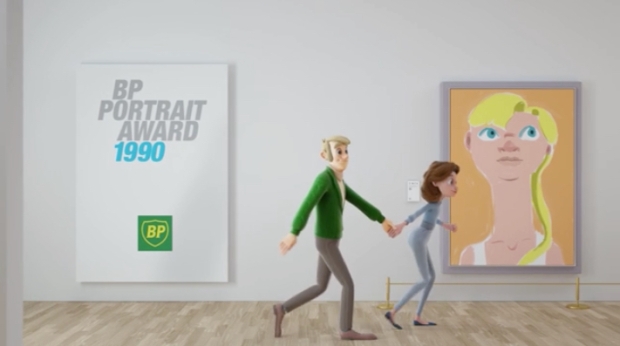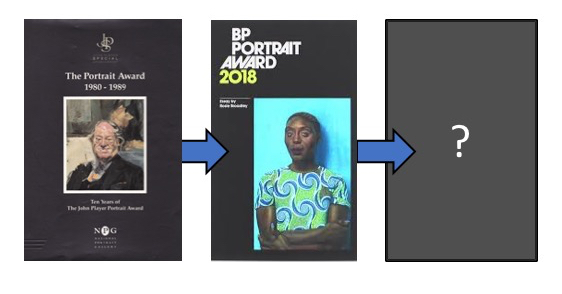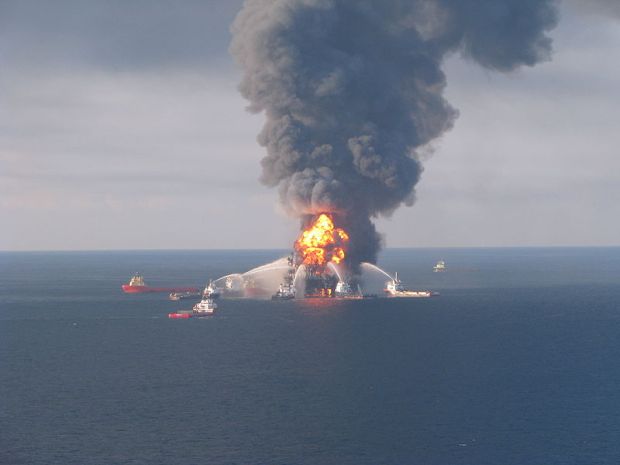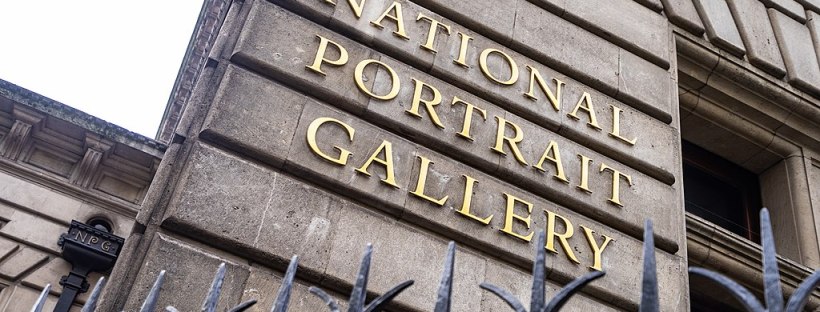Yesterday morning it was announced that, after facing growing controversy, the National Portrait Gallery (NPG) had rejected a £1 million grant from the Sackler Trust. Concerns had been raised over how the Sackler family’s profits had been generated; largely through its ownership of Purdue Pharma, a company that fuelled and then profited from the opioid crisis in the US through its manufacture of the drug Oxycontin. Renowned artist and former opioid addict Nan Goldin significantly escalated the pressure on the gallery after she threatened to pull out of a planned retrospective if it were to accept the donation.
But should the NPG be celebrated for demonstrating leadership and drawing an ethical red line? Or has it simply bowed to private and public pressure? Meanwhile, is the application of its ethical principles as muddled as ever? Given that the gallery continues to accept money from oil giant BP for its annual portrait award, despite the clear ethical conflicts, it is the latter that is probably true.
In its report on yesterday’s announcement that the Sackler grant had been rejected, The Art Newspaper highlighted that:
‘Last year the NPG trustees set up an Ethics Committee, comprising two trustees and one outside member, to examine any potentially questionable donations for its Inspiring People [project]’
But when Culture Unstained made a Freedom of Information Act (FOIA) request to the NPG in December 2016, asking about the renewal process for its BP sponsorship deal, the Gallery replied that:
‘There is no ethics committee or other body that would specifically look at this matter.’
But despite that:
‘All departments and individuals involved in this partnership renewal worked in accordance with internal procedures and policies…’
So while the NPG appears to have been adopting good practice in relation to the Sackler Trust grant, this standard of scrutiny appears to be only a recent development. Setting up a dedicated Ethics Committee is what might be thought of as ‘best practice’ but, at the very least, cultural organisations should be undertaking thorough ‘due diligence’ research on potential sponsors and donors as a matter of course. This basic expectation is set out by various sector-wide bodies, such as the Museums Association and the National Audit Office.
According to The Art Newspaper, this was comprehensively undertaken when it came to The Sackler Trust’s grant:
‘…The NPG’s director, and his development team compiled a report on the Sackler Trust grant, which was submitted to the Ethics Committee and considered by them on 27 February’
And yet, just a few years ago, this kind of due diligence on the potential renewal of BP sponsorship was all but absent. In response to our FOIA request, the NPG said that it could not:
‘…Confirm or deny if due diligence took place as the Gallery have no records of this.’
And when asked about whether due diligence had ever taken place, the Gallery said:
‘…We have no records other than [the] contract and exhibition files for the first BP Portrait Award [30 years ago].’

The oil and gas company has been a sponsor of the National Portrait Gallery for some 30 years, taking over the sponsorship of the portrait award from tobacco manufacturer John Player at a time when the public attitude towards that industry had started to shift. Now, with public opposition to the fossil fuel industry growing against the backdrop of a mounting climate crisis, proper scrutiny of oil industry sponsorship should be a given.

And yet the National Portrait Gallery has no record of any meaningful due diligence. In 2010, its trustees noted the ‘adverse publicity’ following BP’s Deepwater Horizon disaster but minuted that the company had been ‘a very good sponsor’ regardless of the severe and record-breaking damage caused by the Gulf of Mexico oil spill.

While the NPG has undergone a clear ethical process with the Sackler Grant – and appears to have been public about the steps it took – this commitment to transparency was glaringly absent when it came to BP. In response to our FOIA request, the NPG openly admitted that:
‘The Gallery had internal discussions about the BP contract renewal which were not minuted’
Without that paper trail, we may never know who or what influenced its decision-making, or the arguments that were weighed for and against the renewal of the BP deal. The NPG does have a clear and detailed ‘Ethical Fundraising Policy’ though, one which allows the gallery to reject money from those known to be closely associated with regimes that violate human rights. But when we made a formal complaint to the Gallery in 2017 itemising BP’s known ties to rights abusing regimes – as well as the clear lack of due diligence and scrutiny – it dodged our concerns by saying that this policy was only an advisory document. But in the case of the Sackler Trust, the gallery followed it more closely and demonstrated exactly what should happen when questions are raised about a controversial donor: it set up an Ethics Committee, produced a due diligence report and, when the evidence demanded it, turned down the money.
The Gallery’s decision to reject a donation from those that profited from the opioid crisis is a powerful acknowledgment that some sources of funding cross a red line – and it was Nan Goldin and her supporters who forced the NPG to confront the ethical questions surrounding the Sacklers. But will the Gallery now apply the same standards to its BP sponsorship deal? Or will it continue to promote a fossil fuel company while we are in the midst of a climate crisis, waving its sponsorship through again with minimal scrutiny? No amount of cutting corners will make its BP sponsorship any more acceptable than the grant it has just rejected.
You can views the Gallery’s responses to Culture Unstained’s FOI request in the Appendices to the formal complaint submitted to the National Portrait Gallery in 2017 here.
The complaint has subsequently been referred to the Parliamentary and Health Service Ombudsman.
